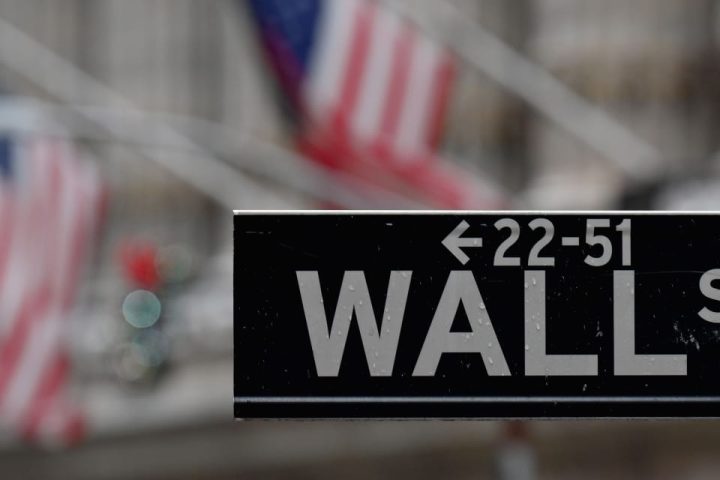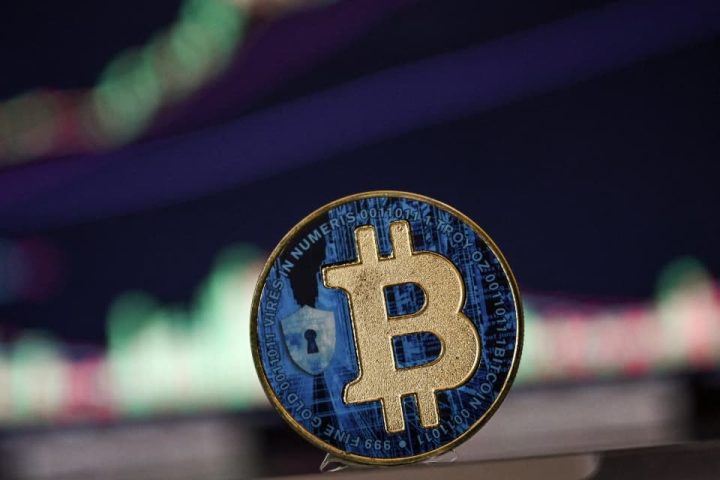European Central Bank (ECB) President Christine Lagarde has signaled a potential increase in borrowing costs should inflationary pressures persist, despite a recent slowdown in inflation rates. Speaking at a Financial Times event today, Lagarde reaffirmed the ECB’s commitment to achieving a 2% inflation target, acknowledging the current 4% deposit rate’s role in curbing price growth. The ECB recently paused after a series of 10 consecutive rate hikes, leading market participants to anticipate possible rate reductions as early as April.
However, Lagarde cautioned that the end of rapid disinflation might be approaching, with inflation potentially accelerating due to persistent high energy prices and the loss of the base effect by early 2023. This comes after October’s headline inflation data showed a decrease to a two-year low of 2.9%. Despite this, the ECB President emphasized the importance of vigilance over energy costs and geopolitical risks, such as potential conflicts in the Middle East.
In terms of fiscal policy, Lagarde highlighted the need for budget restraint within EU countries to support inflation control efforts. She warned that excessive government spending could force the ECB to tighten its monetary policy further to offset any fiscal impulses. This is particularly pertinent given the uncertainty surrounding the interpretation of the EU’s deficit limit rule.
The central bank maintains that its deposit rate at 4% is appropriate for now and expects to hit its inflation target by late 2025. Consumer price growth is projected to hover around 3% for most of 2024, with ECB chief economist Philip Lane suggesting inflation will likely remain in “high twos and low threes.”
While outright debt sales are off the table, discussions on reinvestments in the pandemic emergency bond purchase program are on the horizon. Such measures reflect the ECB’s ongoing efforts to navigate through complex economic conditions while striving for price stability within the Eurozone.
This article was generated with the support of AI and reviewed by an editor. For more information see our T&C.
Read the full article here







